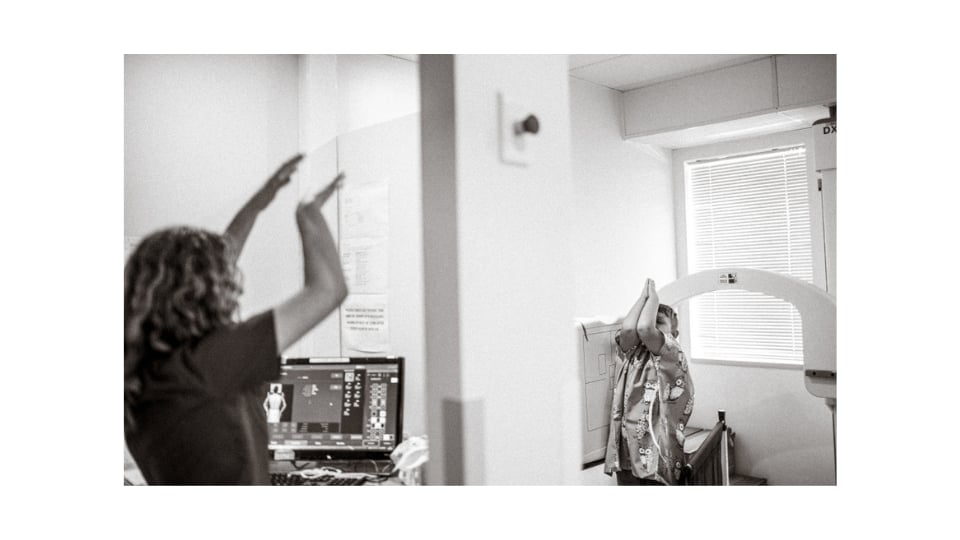The different roles and responsibilities of radiologists and radiographers
It’s seldom that a patient would meet a doctor when they visit a radiology practice. There are several very good reasons for this. As part of a series of articles in which we demystify the world of radiology for our patients, we explain the differences between radiographers and radiologists – and the distinct roles they play in a medical imaging practice.
.
The Radiographer
Role
Radiographers are healthcare professionals trained to perform diagnostic imaging examinations such as X-rays, CT scans, and MR scans.
Training
Becoming a diagnostic radiographer typically requires a minimum of four years of training in human anatomy, how to interpret clinicians’ referral notes and apply the correct imaging protocols, how to position patients correctly, and how to operate specialised equipment.
Duties
Their duties include receiving and interpreting imaging requests from referring doctors, preparing and positioning patients for imaging, and operating the equipment that captures the images.
Radiographers don’t diagnose conditions or interpret the images. Neither are they able to discuss results with patients. None of these are within their scope of practice, as they are not qualified medical doctors.

The Radiologist
Role
A radiologist is a fully qualified medical doctor with a further specialist radiology qualification. They specialise in interpreting medical images. Radiologists spend almost all their time reporting on the images that the radiographers obtained, conveying their expert findings and recommendations to referring doctors.
Training
In South Africa, becoming a radiologist typically takes about 13 years.
- After six years of university study, they initially qualify as a medical doctor
- They must complete a two-year internship and a year of community service prior to being registered as practising medical doctors or GPs.
- They then undergo five more years of specialised radiology training at a recognised academic hospital (such as Tygerberg or Groote Schuur), under the auspices of a university (such as Stellenbosch University or the University of Cape Town).
- Some radiologists complete a further, optional fellowship at an internationally recognised training hospital. This would qualify them to specialise even further in a specific region of the body and thus becoming a subspecialist.
Duties
Image interpretation: Radiologists interpret the images captured by radiographers to look for signs of disease or abnormality.
Reports: Radiologists create detailed reports summarising their findings, including descriptions of abnormalities and other details relevant to the referring doctor’s imaging request. The report is sent to the physician who requested the scan. This doctor will communicate the findings with the patient in the context of a patient’s symptoms, clinical findings and additional investigations such as blood tests. Together with the patient, the referring doctor would typically recommended a treatment or management plan.

Communication with doctors and radiographers: In more complicated cases, radiologists will consult referring doctors and/or radiographers to ensure that the most appropriate imaging protocols are followed to get appropriate scans and accurate diagnoses.
Critical situations: If a life-threatening condition is identified, the radiologist may contact the medical team directly for immediate action.
Presence during scans: Radiologists are present for certain procedures, such as interventional radiology and fluoroscopy, which involve real-time imaging and/or minimally invasive procedures. They may also be asked by sonographers (medical professionals trained to operate ultrasound equipment) to assist with complicated diagnostic ultrasound scans.
In summary
In short, radiographers perform the imaging examinations while radiologists interpret the images to provide a report based on the exam. They are usually not physically present during routine imaging.




